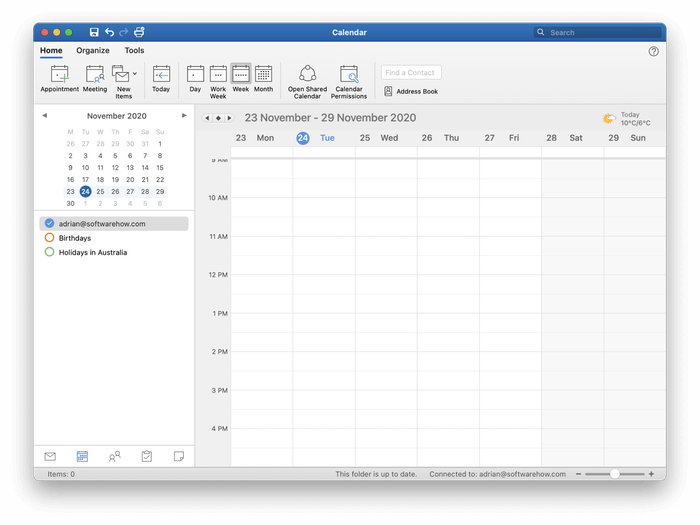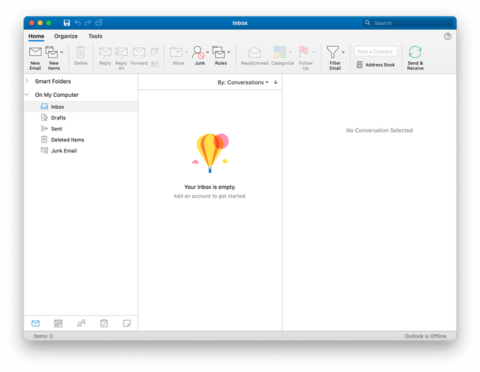

- #Em client vs mailbird windows 10
- #Em client vs mailbird license
- #Em client vs mailbird series
- #Em client vs mailbird mac
eM Client, however, costs users $50 as a one-off license fee for the fully-featured application. For that money, users also get PowerPoint, Excel, Word, Teams, and in some tiers, extras like Access. If your organization has bought into the Office 365 licensing scheme, Outlook comes as part of the package that costs upwards of five or six dollars a month. Meeting invites’ acceptance or counter-suggestions all get channeled correctly, emails become Tasks at a single click, and Calendar items can be quickly shared across Active Directory-hosted Contacts and outside parties too.ĮM Client’s handy attachments view.

As you might expect in a pure Microsoft environment, the compatibility between Outlook and others from the Microsoft stable is pretty seamless. When working across multiple productivity tools, Outlook noses ahead of its third-party rival, but only just. eM Client users can save their settings as an individual XML file and import them manually on other instances of the application. There are a few shortcuts to propagating changes in multiple places (use a particular replacement color everywhere the original was, for instance) that can speed up the process, but the level of granularity is astounding.īoth apps offer some prebuilt templates, and Outlook users can store those settings on their Office 365/Exchange server for use everywhere. To be frank, eM Client’s appearance tweaks are so extensive and detailed that it would be easy to lose a day in among the sub-menus and hundreds of options for colors, highlight shades, background styles, and so on. To set eM Client similarly took one click, and the change was immediate.ĭifferences like that are a major stumbling block if you’re tweaking settings to find your ideal, and while Outlook seems reluctant to change some settings without a struggle, eM Client presents all options upfront.

On Outlook, changing all messages to be rendered in plain text, not HTML (I’m old-fashioned, text-focused, and want to optimize on-screen real estate) took a web search and eight mouse clicks to achieve. I’ve included them as defaults – after all, defaults are what the applications’ developers think to give the optimum experience.Ī point of interest in changing options to suit the user: where eM Client’s appearance settings are immediately reflected in the application, Outlook often needs to have the Options window closed for changes to take effect. Both applications are highly customizable, so those figures can easily be adjusted. eM Client’s defaults fared better with 71% and 29%, respectively. Blunderbuss: Outlookĭoing some quick math, my default Outlook email view comprised 59% email to 41% tools, options, navigation, and other onscreen distractions.
#Em client vs mailbird series
It might only be a fraction or two of a second, but it’s noticeable on all but the newest workstations, and a series of small micro-pauses sure adds up over the working day.Įmail content vs.

For users on older hardware, the Outlook experience can be frustrating switching between Calendar and Email can sometimes take a while to “percolate” through. The first thing I noted was the app’s speed: pages rendered and responded quickly to input, and where Outlook felt sluggish and bloated at times, everything on eM Client was snappy and responsive.
#Em client vs mailbird mac
Mac users often struggle with some of the Exchange/Outlook features (meeting invites, email receipts, synchronization, and a few more) because the Apple eco-system has often been something of an afterthought of Microsoft’s developers (Apple produces its own walled garden versions of email, word processor, spreadsheet, presentation software, and so forth).įor Mac users, there is an eM Client application, but that isn’t the subject of this test. However, in this review, I kept the focus on how eM Client performs as a pure Microsoft replacement. The app is compatible with Google Workspace, iCloud, any POP/IMAP email server, and Office 365 and Exchange. The Outlook interface is familiar to most people, whether they use the app daily, so most users will easily find their way around eM Client quickly.Īll the usual suspects are there: email (obviously), calendars, Tasks, Contacts, and you can easily import your existing settings from Outlook.
#Em client vs mailbird windows 10
To test out this alternative email (and everything else) client, I ran eM Client instead of Outlook on a Windows 10 instance to see how it performed compared to the app we’re all accustomed to.


 0 kommentar(er)
0 kommentar(er)
